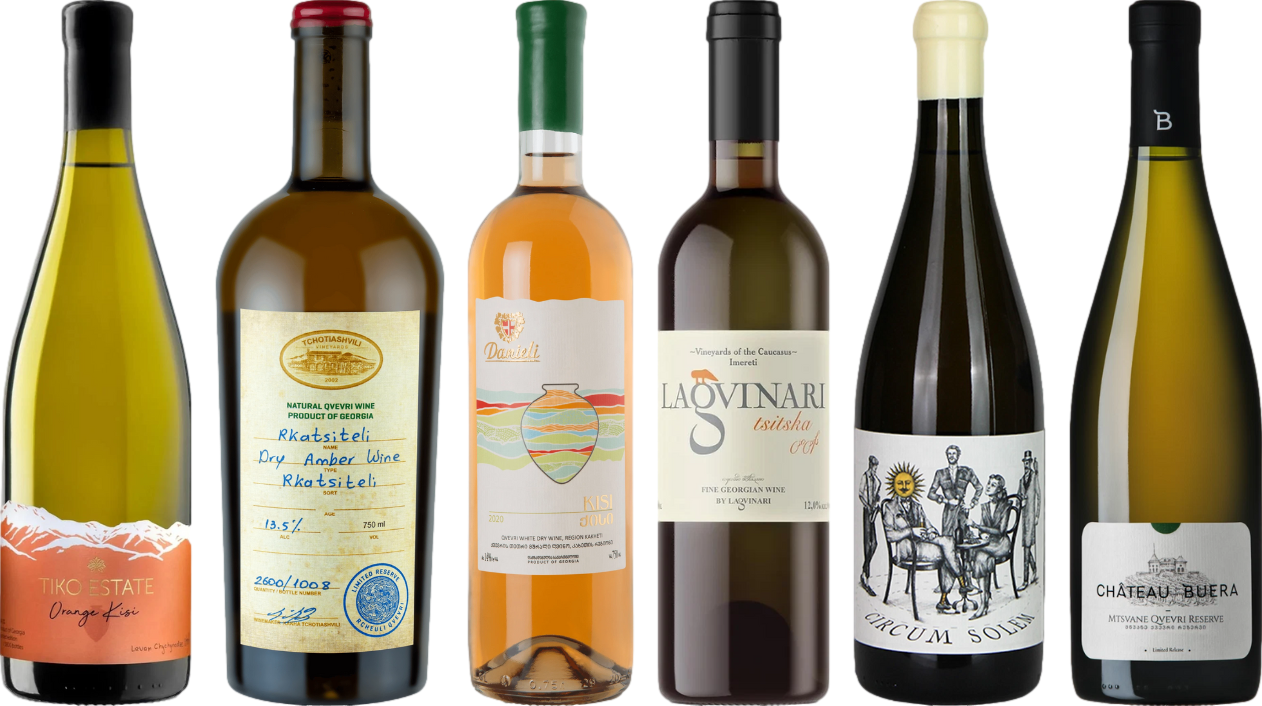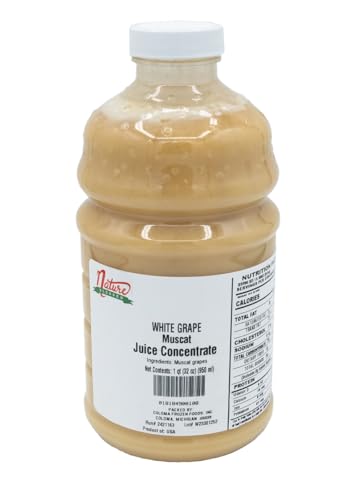



If you’re looking to part with your collection, consider online marketplaces like Vivino and WineBid. These platforms offer an extensive reach, allowing you to connect with passionate enthusiasts and collectors. Vivino, with its user-friendly app, empowers you to showcase your bottles alongside reviews and ratings from fellow wine lovers. WineBid, on the other hand, specializes in auctioning fine and rare vintages, often fetching higher prices due to its targeted audience.
Local wine shops and specialty retailers also present an opportunity. Establishing a relationship with these businesses can lead to consignment options, where they present your bottles in-store. It’s beneficial to approach shops that align with the quality and style of your offerings. Inform them about your collection’s unique aspects to pique their interest.
Wine fairs and tasting events are excellent venues to reach potential buyers directly. Participating in these gatherings allows you to share your knowledge and passion while engaging with a community that appreciates quality. Networking in these environments can lead to personal sales or connections with retailers looking for new inventory.
Lastly, consider social media platforms tailored for wine enthusiasts. Groups on Facebook and Instagram can be effective for reaching niche markets. By sharing photos and stories of your bottles, you create a narrative that resonates with potential buyers, fostering a desire to purchase.
Opportunities for Disposing of Your Collection
Consider local wine shops that offer consignment services. Many establishments appreciate unique selections and can help you connect with enthusiasts seeking rare finds. Approach shops known for their curated collections; they often have dedicated clientele eager for exceptional selections.
Online Platforms
Utilize specialized websites that facilitate transactions between individuals. Platforms like Vivino and WineBid allow for auctioning or direct sales to interested buyers. Ensure you provide detailed descriptions and accurate valuations to attract potential customers.
Events and Tastings
Participate in local tastings or wine fairs. These gatherings not only allow for showcasing your collection but also provide opportunities to network with other aficionados and potential buyers. Engaging with attendees can lead to personal sales without middlemen.
Local Wine Shops: How to Approach for Selling
Start by researching local shops that prioritize unique selections. Visit their website or contact them to understand their inventory and focus. Prepare a concise pitch highlighting what makes your product stand out, such as its origin, flavor profile, or any awards received.
Schedule an appointment with the shop owner or manager. Bring samples for tasting, ensuring you present your offerings at their best. Be ready to discuss pricing, potential promotions, and how your product aligns with their clientele’s preferences. Showing enthusiasm and knowledge about your creation can make a significant impact.
Follow up after your meeting. A simple thank-you note reinforces your professionalism and keeps the dialogue open. Additionally, consider offering exclusive tastings or pairing events to attract attention to your bottle.
Lastly, don’t hesitate to share your passion for food pairings. Suggest collaborations, like creating pairing guides that can be displayed in the shop. This not only promotes your product but also educates customers, enhancing their shopping experience. For inspiration on pairings, check out this link: how to cook a bison burger.
Online Marketplaces: Best Platforms for Wine Sales
Consider platforms like Wine.com and Vivino for showcasing your selections. These sites attract a large audience of enthusiasts and collectors eager to discover new labels. Both offer user-friendly interfaces and extensive marketing support to help you reach potential buyers.
Another option is Etsy, where unique and artisanal products thrive. If your bottles have a story–perhaps a small batch or organic production–this marketplace can connect you with customers who appreciate craftsmanship.
eBay serves as a viable alternative, especially for rare and collectible offerings. Ensure proper descriptions and high-quality images to attract bids and secure sales.
For those targeting a niche crowd, consider CellarTracker. This platform allows users to catalog their collections and connect with sellers, creating an interactive community focused on wine appreciation.
Don’t overlook social media marketplaces. Platforms like Facebook and Instagram enable direct sales through posts and stories, tapping into your follower base and local community.
Finally, look into specialized wine auction sites such as Sotheby’s Wine or Bonhams. These platforms cater to serious collectors looking for high-end selections, providing a unique avenue for luxury offerings.
Wine Auctions: Steps to Participate and Sell
To successfully engage in wine auctions, first identify reputable auction houses. Research their track record and reviews to ensure reliability and credibility. Some well-known platforms include Sotheby’s, Bonhams, and Skinner.
Registration Process
Begin by creating an account with the chosen auction house. This usually involves providing personal information, verifying identity, and agreeing to the auction terms. Some platforms may require a credit card for bidding or listing.
Preparing Your Collection
Assess your collection and select bottles that meet the auction house’s criteria. Condition and provenance are paramount; ensure your bottles are well-stored and have clear histories. Document each bottle’s details: vintage, producer, and any accolades.
| Step | Action |
|---|---|
| 1 | Research and select auction house |
| 2 | Register and set up an account |
| 3 | Prepare bottles and gather documentation |
| 4 | Submit bottles for auction listing |
| 5 | Monitor auction and engage with bidders |
Once registration is complete, submit your bottles for listing. Each auction house has its own submission guidelines, so adhere strictly to their requirements. After listing, actively monitor the auction, responding to questions from potential bidders to enhance interest and transparency.
Finally, after the auction concludes, ensure timely communication regarding payment and shipping to the winning bidder. Following these steps can lead to a rewarding auction experience and successful transactions.
Farmers Markets: Setting Up a Booth for Direct Sales
To maximize your reach, consider establishing a booth at local farmers markets. This environment offers direct access to consumers who appreciate quality produce and beverages. Make sure to apply for a vendor spot early, as these markets often have limited spaces and high demand.
Preparing Your Booth
Invest in an eye-catching setup. Use a sturdy table and attractive signage that clearly displays your brand. Ensure that your products are well-organized and accessible. Consider using ice buckets for chilled selections to entice passersby. Providing small samples can significantly increase interest; just check local regulations regarding sampling.
Engaging with Customers
Interact with visitors enthusiastically. Share your story, the unique qualities of your offerings, and the production process. Encourage questions and provide thoughtful answers to foster a connection. This personal touch can turn casual browsers into loyal customers. Offer pairing suggestions with local food items to enhance their experience and showcase versatility.
Wine Festivals: Opportunities for Selling Your Bottles
Participating in local festivals dedicated to fermented beverages is a strategic move for those looking to showcase their creations. These events attract enthusiasts eager to explore and purchase unique offerings. Research upcoming festivals in your area and apply for a vendor spot; many organizers welcome artisan producers.
Engagement with Attendees
Set up an inviting booth with clear signage and an attractive display of your bottles. Make sure to include tasting samples to entice potential buyers. Personal interactions are key; share stories about your techniques and inspirations. This connection can lead to immediate sales and future interest.
Networking with Other Vendors
Build relationships with fellow participants. Collaborating with other artisans can enhance visibility and create cross-promotional opportunities. Consider organizing joint tastings or themed events, which can attract larger crowds.
Leverage social media to promote your presence at the festival. Share engaging content leading up to the event and encourage attendees to visit your booth. Post-event follow-ups can maintain interest and cultivate a loyal customer base.
Overall, these gatherings not only provide a platform for direct transactions but also enhance brand recognition and community engagement.
Social Media: Promoting Your Wine for Sale
Utilize platforms like Instagram and Facebook to showcase your bottles. High-quality images and engaging stories attract attention and encourage shares.
Consider these strategies:
- Visual Content: Capture striking photos of your labels, vineyards, and tasting experiences. Use natural light and appealing backgrounds.
- Storytelling: Share the journey of your creation. Narrate what makes your product unique, including the terroir and production methods.
- Engagement: Interact with followers. Respond to comments and messages promptly, fostering a community around your brand.
- Collaborations: Partner with influencers or local businesses to expand your reach. A well-placed mention can introduce your product to a wider audience.
- Promotions: Host contests or offer discounts to boost engagement. Encourage followers to tag friends for increased visibility.
Leverage hashtags strategically. Use popular and niche tags to connect with potential buyers actively seeking new offerings.
Regularly analyze metrics to understand what content resonates most. Adjust your strategy based on engagement levels, focusing on what drives interest and conversation.
Consider creating educational content about tasting notes, food pairings, and winemaking processes. This positions you as an authority and attracts enthusiasts.
Utilize stories and reels for behind-the-scenes glimpses into your operations. Authenticity builds trust and draws in potential customers.
Ultimately, consistency and authenticity in your online presence foster a loyal following, leading to increased sales opportunities.









